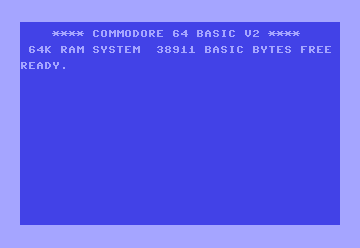
CLR: Your BASIC Reset Button
Feeling a bit cluttered in your code? Variables running wild? It's time for a fresh start with the CLR command! This simple yet powerful command acts like a reset button for your Commodore 64's BASIC environment, clearing out variables, arrays, and other data structures to give you a clean slate. Think of it as a mental declutter for your code!
Syntax
CLR
(That's it! No parameters needed.)
Applications
The CLR command is incredibly useful when:
- You want to start a new program or section of code without any leftover data from previous operations.
- You're running low on memory and need to free up space used by variables and arrays.
- You're troubleshooting a program and want to eliminate potential issues caused by lingering data.
Code Examples
1. Simple Variable Reset:
10 A=10
20 PRINT A :rem Output: 10
30 CLR
40 PRINT A :rem Output: 0
This example shows how CLR resets the variable A back to its default value of 0.
CLR in the Wild: The Game Over Cleanup Crew
Imagine you're creating a game for the Commodore 64. When the player loses, you might use CLR to reset all the game variables, like scores, lives, and positions, preparing the game for a fresh start.
Don't let old data weigh down your code! With the CLR command, you can easily wipe the slate clean and give your programs a fresh start. It's like a spring cleaning for your Commodore 64—a simple way to keep your code tidy and your creativity flowing!
